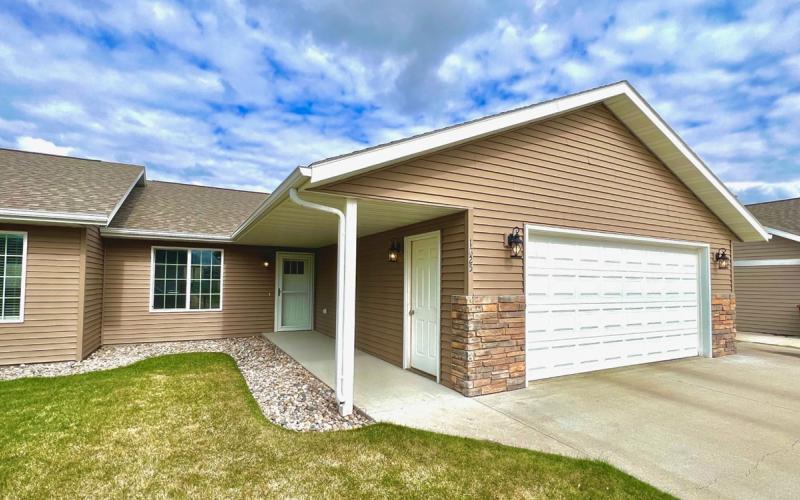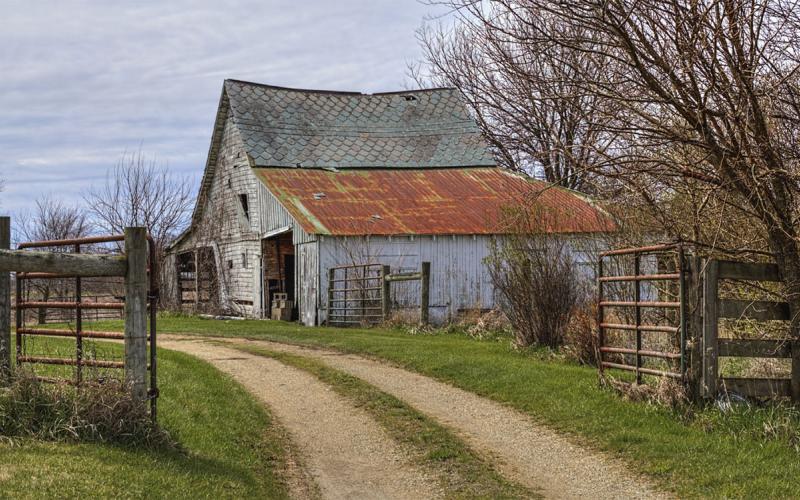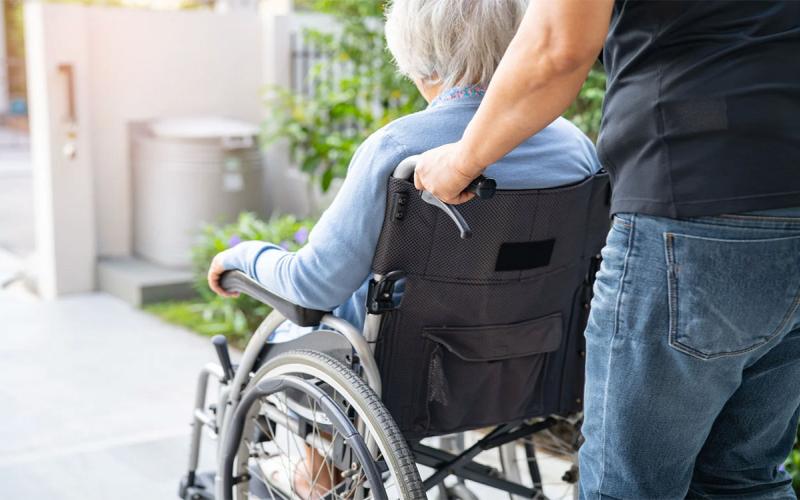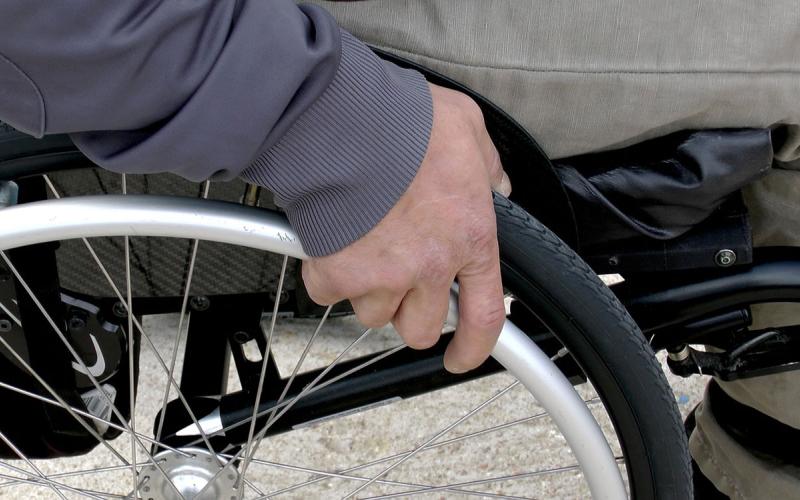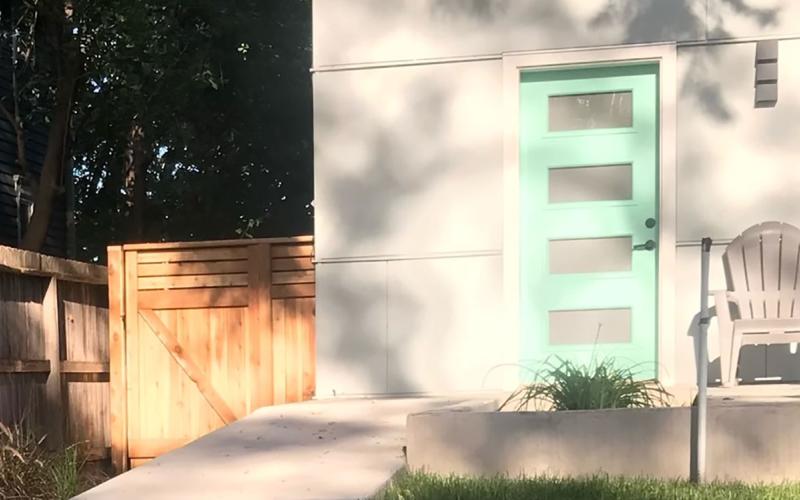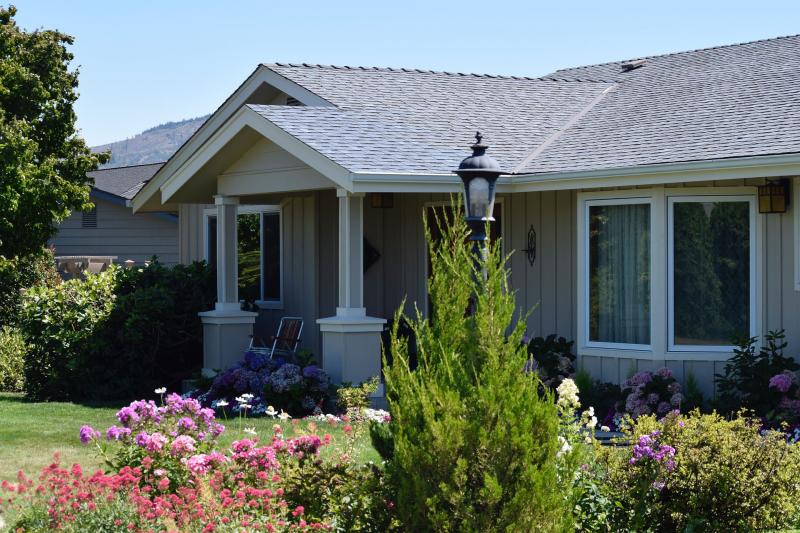
Remaining in the home is a high priority for many older people. Many older people are facing a disability that requires accessibility in the home. Unfortunately, most housing in South Dakota is not designed for people with disabilities. Most homes are missing one or more basic accessibility features (wide halls and doors, bathroom that is sized and spaced for a wheelchair user, bedroom on entry level, and a no-step entrance). Even when these features are present, home modifications may be necessary to make the home usable to people with disabilities.
